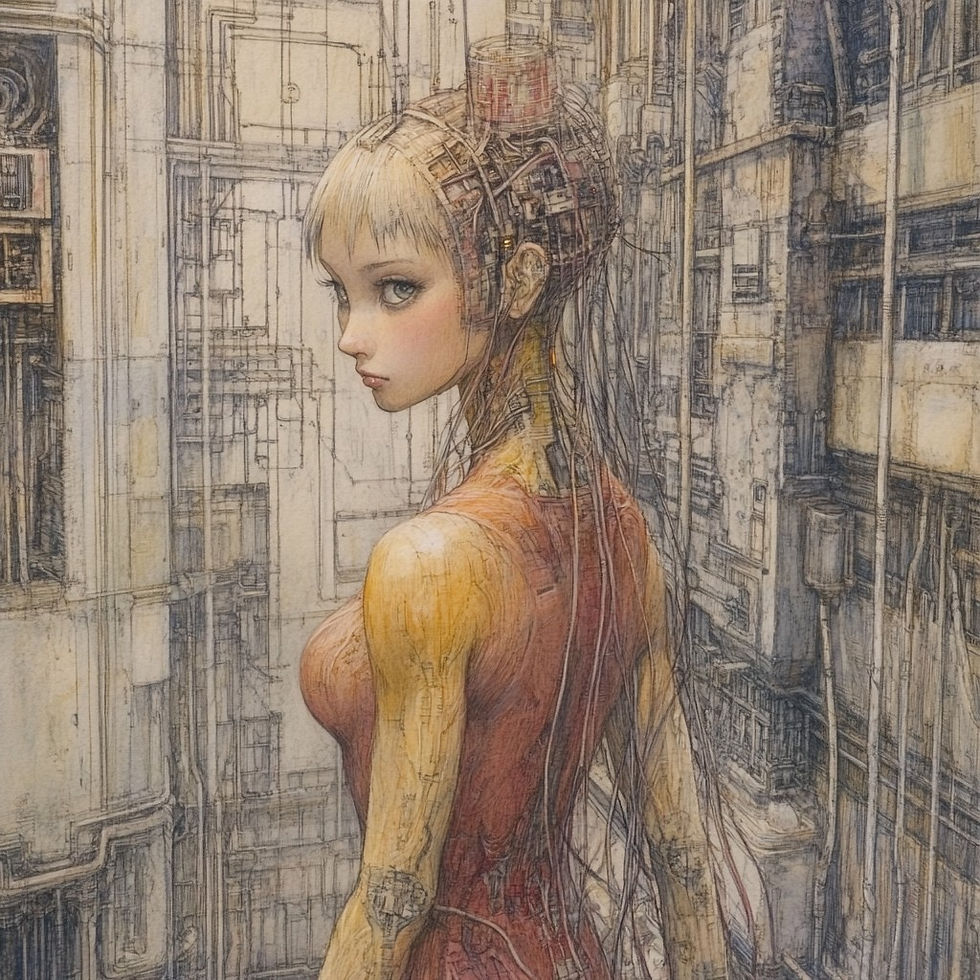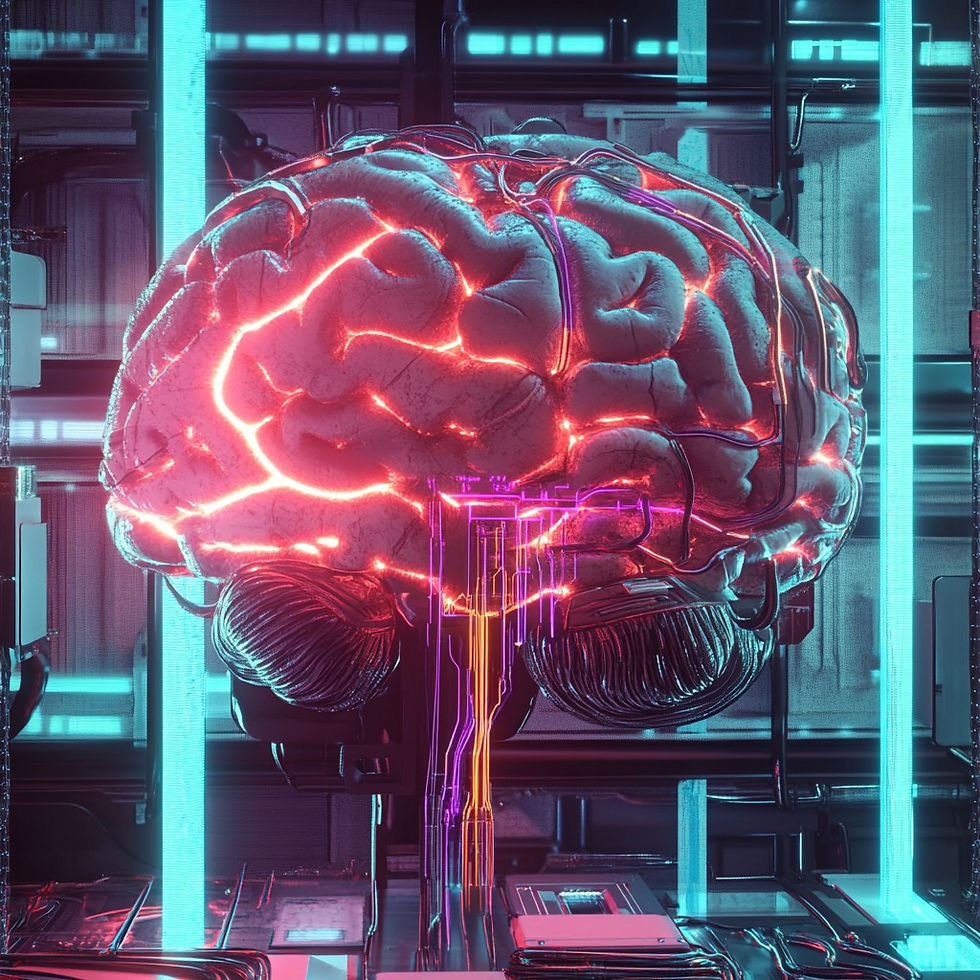Generative AI Made Simple: What It Is and Why It Matters
- Chen Seng Chew
- Mar 26
- 3 min read
If you’ve heard the buzz about ChatGPT, GROK, Midjourney or Google’s Gemini, you’re already witnessing the power of Generative AI — a groundbreaking type of artificial intelligence that doesn’t just analyze data, but creates something new from it.
Let’s break it all down in a way that’s simple, clear, and hopefully — a little fun.

What is Generative AI?
At its core, Generative AI (GenAI) is a branch of AI that can create text, images, audio, video, and even synthetic data, all from patterns it has learned from existing information.
Think of it like this: if traditional AI is good at telling you what is, generative AI is good at creating what could be.

A Quick Primer on AI, ML, and Deep Learning
Before we dive deeper, here’s how it all connects:
Artificial Intelligence (AI): The big umbrella term. It’s all about making computers smart enough to reason, learn, and act like humans.
Machine Learning (ML): A subfield of AI. Rather than programming a system with fixed rules, we train it with data so it can learn and improve.
Deep Learning: A type of ML inspired by the human brain. It uses layered neural networks to process complex data. This is the tech behind most modern Generative AI.

How Does Generative AI Actually Work?
Imagine feeding thousands of images, articles, or audio clips into a model. Over time, it learns the patterns and structures. When you give it a prompt — like “Write a poem about the ocean” — it generates content that mimics what it has learned.
Here’s the simplified process:
Training: The model learns from tons of existing content (text, images, etc.).
Prompting: You give it a request.
Prediction: It guesses what the most likely response should be — and creates something new!

Generative vs. Traditional Models
Traditional models are like detectives — they analyze existing data to make predictions. For example: “Based on past orders, how much will a customer tip?”
Generative models are like artists — they imagine and create. For example: “Write a thank-you note a customer might send.”
If your output is a number, it’s likely a traditional model. If your output is text, image, or audio, it’s probably generative

Types of Generative AI Models
Here are the main types of GenAI models and what they can do:
Text-to-Text: Translates, summarizes, or writes articles.
Text-to-Image: Creates images from descriptions (e.g., “a panda riding a bicycle”).
Text-to-Video: Produces short videos based on a script or idea.
Text-to-3D: Builds 3D objects for games or virtual worlds.
Text-to-Task: Executes actions like answering questions or automating a process.
Foundation Models: Massive models trained on diverse data that can be fine-tuned for many tasks — from writing code to diagnosing medical issues.

Under the Hood: Transformers & Deep Learning
The big leap in Generative AI came in 2018 with the invention of the Transformer — a model architecture that understands the context behind words.
This led to Large Language Models (LLMs) like ChatGPT and Gemini, which can respond with human-like text, analyze code, or even interpret images and audio.

Common Challenges (a.k.a. AI Hallucinations)
Sometimes, GenAI makes things up — confidently.
These are called hallucinations — outputs that may sound right but are actually incorrect. This can happen when:
The model wasn’t trained on enough data
The data it learned from was noisy or messy
Your prompt didn’t give enough context or constraints
That’s why prompt design is so important — crafting a clear, well-structured request makes all the difference in what you get back.

Real-World Applications of Generative AI
Generative AI isn’t just for tech nerds — it’s already making waves in business, art, customer support, and beyond.
Vertax AI Studio (Google Cloud)
Helps developers customize and deploy AI models quickly
Offers tools for fine-tuning, deploying, and collaborating
Vertex AI Agent Builder
Used to build chatbots, digital assistants, and smart search engines
Ideal for customer service and employee support
Gemini (by Google) , Grok (by X) , Chat GPT (by OpenAI)
Understands text, images, audio, and even programming code
Great for multimodal tasks — imagine describing a graph and having the AI analyze it!

The Future is Generative
From writing content and creating music, to designing products and assisting in education, Generative AI is reshaping how we think about creativity and productivity.
Whether you’re a developer, a marketer, or just AI-curious — now’s a great time to start exploring. Because this isn’t just a tech trend — it’s the future of how we interact with information

Comments